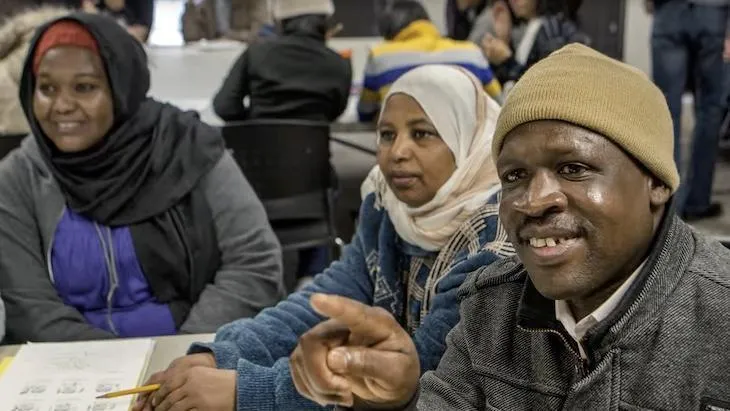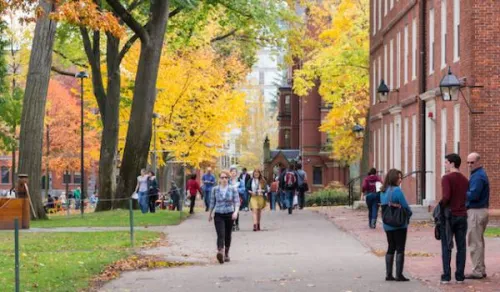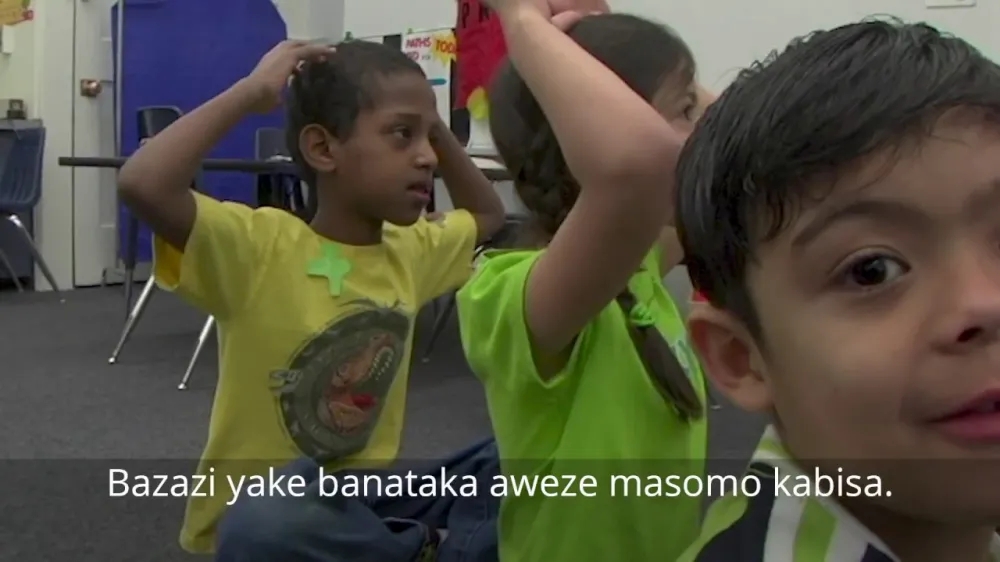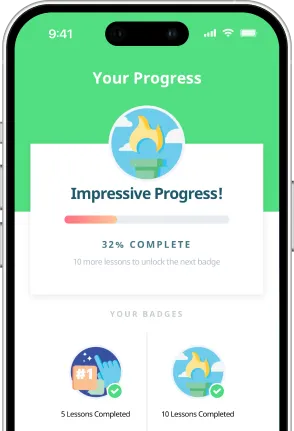Education in the U.S.

Public school is free, and there are laws and customs regarding public schooling. School is mandatory for children of certain ages starting in childhood and continuing through their teen years. Exact ages for mandatory education is determined by each state. Schools expect that parents will be involved in their children’s education by ensuring that they attend class and helping them in a variety of ways.


Adults
Americans believe that a person is never too old or too young to learn new things. There are many educational opportunities for adults and young adults, but newcomers should consider the pros and cons of studying versus working. Studying may lead to better job opportunities in the future, but newcomers need to work right away to support themselves and their families, and adult education in the United States can be expensive. For many newcomers, the best option may be to work full-time while going to school part-time.
Most communities offer many different kinds of educational opportunities for adults including:
- English language and literacy classes
- Training courses in areas such as computer technology, foreign languages, and secretarial skills
- General Education Development (GED) diploma classes for adults who do not have a high school diploma
- Vocational and technical schools
- Community colleges (usually 2-year programs)
- Colleges or universities (usually 4-year programs)
- Graduate schools offering advanced degrees in many fields.
The cost of these classes, schools, and colleges varies a great deal. Most schools and colleges offer some financial aid to students who need it.
Cultural Adjustment
U.S. schools generally have a very participatory and interactive classroom environment, as opposed to the lecture and recitation teaching methods used in some other countries. There is also a high value placed on original thinking and individual effort. Group work is important, but students are largely assessed based on their own achievements.
There are many ways that parents can help and support their children even with limited English. Here are some ways newcomer parents can get involved with their children’s education:
- Find out if the school offers school tours or an orientation in the summer before school begins.
- Ask your child what s/he learned about in school that day.
- Ask your child what they have for homework or check their assignment book or homework folder.
- Attend ESL classes, if offered, at your child’s school.
- Attend parent-teacher conferences.
- Help with an extracurricular activity such as a school sports team or an art club.
- Volunteer in your child’s classroom.
- Walk your child to the bus or school.
- Work with your child on her/his homework.

Children and Youth
Public schools are available throughout the country free of charge. By law, public schools cannot have any religious affiliation. Private schools are also available in most areas, and some have religious affiliations. Private schools charge tuition, which can be very expensive.
There are four levels of education for children in the United States. Children in the same grade may be different ages, although most children are usually within 1 to 2 years of each other in age. In public schools, boys and girls attend classes together.
Students with a high school diploma and a good academic record often continue their education at a college or university, but higher education is not free. Post-secondary vocational training is also available and is less expensive than colleges and universities.
Public Schools
The Four Levels of Education
Preschool. This level is for children 3 to 5 years of age. It is not required by law, and it is usually not free.
Elementary school. This level begins with kindergarten (age 5) and continues through fifth or sixth grade (age 12).
Middle or junior high school. This level usually includes sixth or seventh through eighth or ninth grade, for children ages 12 to 14.
High school. This level usually includes ninth or tenth grade through twelfth grade, for children ages 14 to 18. Students who complete school requirements at this level receive a high school diploma.

